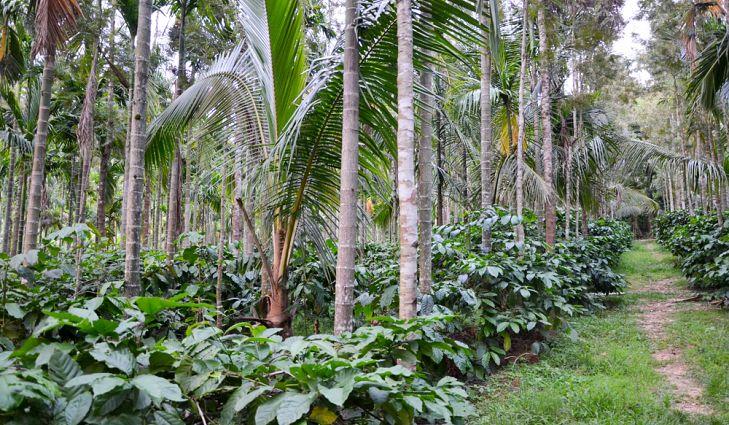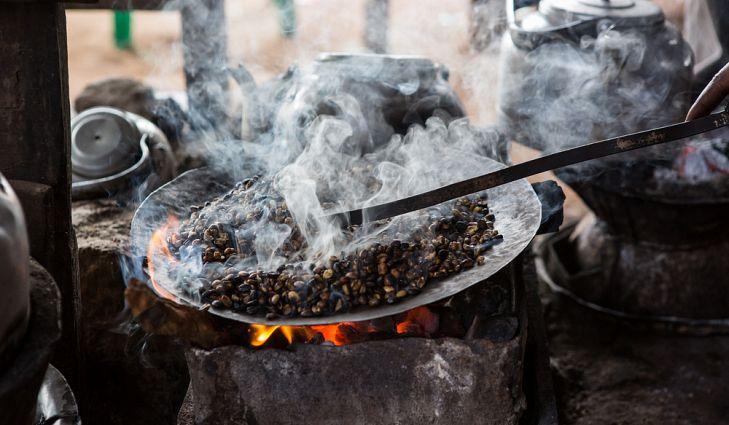India
India created 348,000 metric huge amounts of beans in 2016. Not wherever in India is fit for espresso bean development - the lion's share of developing is done in the sloping tracts of the southern piece of the nation. The beans are developed by little cultivators in storm precipitation conditions, and regularly planted close by flavors, for example, cardamom and cinnamon, which gives the espresso a fiery taste and fragrance and some other information click here nespresso coffee reviews. In 2004, Indian Coffee mark Tata won 3 gold awards at the Grand Cus De Cafe Competition. As espresso isn't so famous as tea in India, 80% of the nation's espresso creation is destined for send out purposes, with the fundamental purchasers being Europe and Russia.

Honduras
Honduras created 348,000 metric huge amounts of espresso in 2016, relatively coordinating its pinnacle edit from 2011's yield of 354,180 kilos. Honduras has outpaced different nations to wind up Central America's best espresso maker. In any case, espresso created in Honduras still experiences an absence of national marking. While a great many people perceive Colombian or Ethiopian espresso, beans from Honduras are principally utilized as a part of mixes and are in this manner less conspicuous to the normal buyer. Nonetheless, espresso remains an indispensable piece of the Honduran economy, and the espresso business persistently gives work and income to an expansive piece of the populace.

Ethiopia
Ethiopia creates substantial volumes of espresso beans each year, with 384,000 metric tons in 2016 alone. Ethiopia is the geographic home of Arabica espresso, the most well known beans around the world. It is no little piece of their economy – more than 28% of Ethiopia's yearly fares are an aftereffect of espresso – and it is assessed that 15 million nationals are utilized in espresso generation.

Ethiopia has an exceptionally rich espresso culture. For more than 1100 years, beans with an invigorating impact have been noted in the country by unfortunate agriculturists and shepherds whose crowds happened to eat them. Since training of the plant and the start of cultivating the espresso bean, territorial variations of the Arabica bean have been produced, each with their own particular trademark name and taste. The Harar, Limu, Sidamo, and Yirgacheffe beans are altogether trademarked assortments of the Arabica bean, with the rights possessed and ensured by the legislature of Ethiopia.


